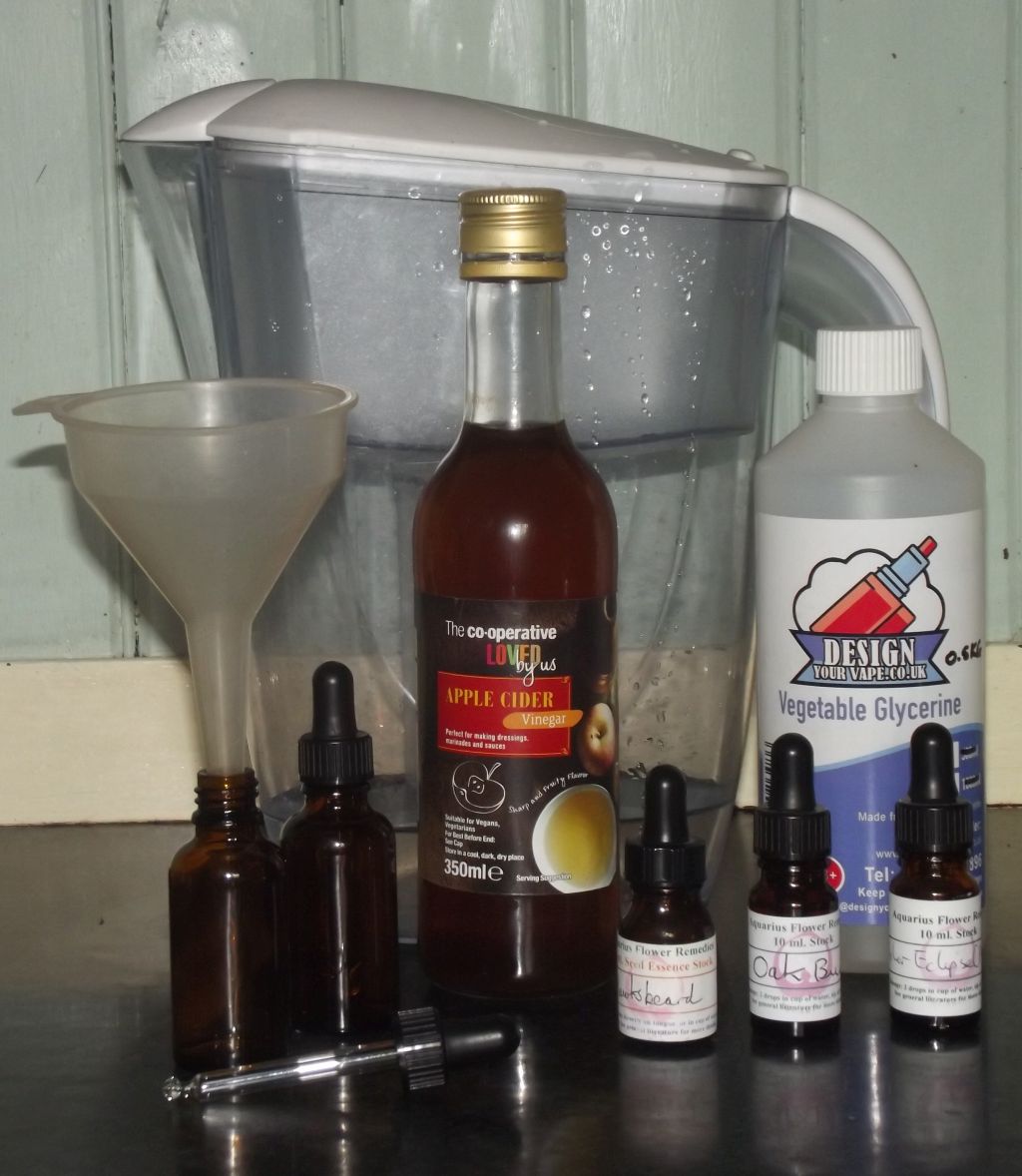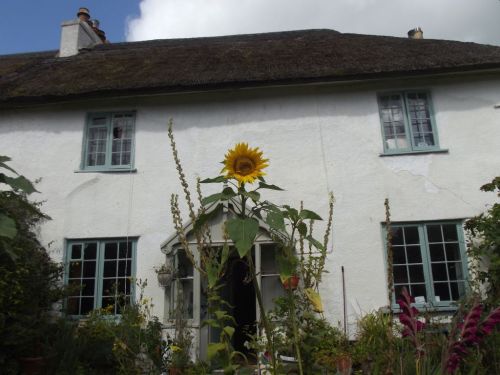The Stinging Nettle
It doesn't matter how botanically ignorant you choose be, self-preservation will always kick in and insist you recognise the stinging nettle. It is a plant demanding of respect otherwise its hairy leaves, containing a highly irritant cocktail of formic acid, histomine, serotonin and chlorine, will mark your skin with the characteristic painful red wheals of the nettle rash. I can still remember as a child both hating and fearing this plant. In a second the nettle could turn a great time in the woods or down by the river into a miserable experience.
Nowadays my respect for the stinging nettle is not based on fear but admiration for a plant that has formed such a deep and interesting relationship with us, not merely on an emotional level, but through its long medical and industrial history. The botanical name of the stinging or common nettle is Urtica dioica. Urtica means to burn, while dioica means two houses, which refers to the male and female flowers being found on separate plants.It grows across Europe, Asia, America and North Africa and to a lesser extent the tropics.
The healing properties of nettle are widely known wherever it grows . In ancient Greece, Dioscorides and Galan recorded its use both as a diuretic and laxative, in the Americas it has been used for thousands of years for excessive menstrual flow and urinary problems, for the Peruvians it is used for nosebleeds, arthritis and eczema. It remains widely used in herbal medicine and clinical research is taking place into its anti-inflammatory properties to help arthritis, allergies and rhinitis.
The stinging nettle is packed with high levels of useful minerals such as calcium, potassium, magnesium, sulphur, iron, selenium, chromium and zinc, and vitamins A, C, D, K, E, B1, B2, B3, B5, along with tannins, flavanoids and lectins. At present clinical research is being conducted into the use of stinging nettle in prostrate problems. We can also benefit from its nutritionally. Young leaves have the taste of spinach - after cooking or soaking it looses its capacity to sting. It has been long used as an ingredient in soups, puddings and as a tea. Today it is fashionable within pesto and polenta.
The nettle is not just content to give us food and medicine but has industrial uses as well. Nettle fibre is stronger than cotton. It is quite conceivable that the first ever cloth was made from this extraordinary plant. 5,000 year old remains of nettle cloth have been found. Ropes and fishing nets can be made from nettle. The plant provides a commercial source of chlorophyll. There is much interest within the organic movement to develop nettle as a commercially viable fertilizer. We use it in our own vegetable garden, digging in the cut plants to improve soil fertility and texture, just as is done with comfrey.
Such a useful plant deserves to be used as a flower remedy too. Gurudas recorded the first documentation of stinging nettle's qualities when prepared as a flower essence in 1979. In his ground breaking book, “Flower Essences and Vibrational Healing”, he writes that the essence can be used in stressful family situations such as divorce, adoption, sibling rivalry or other relationship problems existing in the family unit.
Other flower essence producers have linked stinging nettle to physical imbalances such as allergies, tiredness, poor mental performance, a weakened immune system and arthritis, particularly if underlying mental and emotional dysfunctions stem from difficulties in close relationships. Here we can discern the herbal properties of the plant being transferred to the flower remedy (this is quite common) as well as the signature of the male and female flowers being on separate plants.
Some years ago we developed a set of five essences to use in conjunction with the Traditional Chinese Five Element Theory: a single essence for each of the five elements of water, wood, fire, earth and metal. These essences assist the energetic flow of Chi (life force) through the meridian system. We had already developed a set of essences to work on the chakra system so it seemed very natural to extend this to another part of the human energy system.
We put our complete set of mother tinctures on the table and through dowsing each essence determined its influence upon the five elements and their corresponding meridians pairs. Stinging nettle came up as being the most suitable essence to use on the lung and large intestine meridian pair.
These meridians are associated with the sharp and cutting element of metal and it seems highly appropriate that this energy be linked with the power of this plant. Typical imbalances of the lung and large intestine meridians are a t endency towards depression and grief, easily disappointed, inability to let go, undischarged anger, low on energy, white complexion, lots of colds and sniffles, lung problems, constipation, diaoreha, irritable bowels and a strong like or dislike of pungent foods. So stinging nettle is also proving itself to be a very useful and versatile remedy in the field of vibrational medicine.
Stinging Facts!
Used to help fertility in men.
Placed under the bed of a sick person to help recovery. Protection against evil spirits when spread around the house.
The Romans were thought to have introduced nettles to Britain so they could flog themselves - urtication - to keep warm in a cold climate. This action was also thought to help with arthritis and rheumatics.
During the American civil war, bandages soaked in nettle infusion were used to stem the flow of blood. The high level of vitamin K contained in the plant helps stem bleeding.
The Buddhist saint and yogi Milarepa was said to have turned greed and hairy after eating nothing but nettles during his years of meditation. He is depicted as a green god, his image carved out of jade.
References: http://middlepath.com.au/plant/stinging-nettle_urtica-dioica_bllod-purifier-tonic.php http://www.answers.com/topic/stinging-nettle Flower Essences and Vibrational Healing by Gurudas, Cassandra Press, San Rafael, California. ISBN 0-945946-04-X http://www.rain-tree.com/nettles.htm http://www.my-menopause-solutions.com/nettle.html








